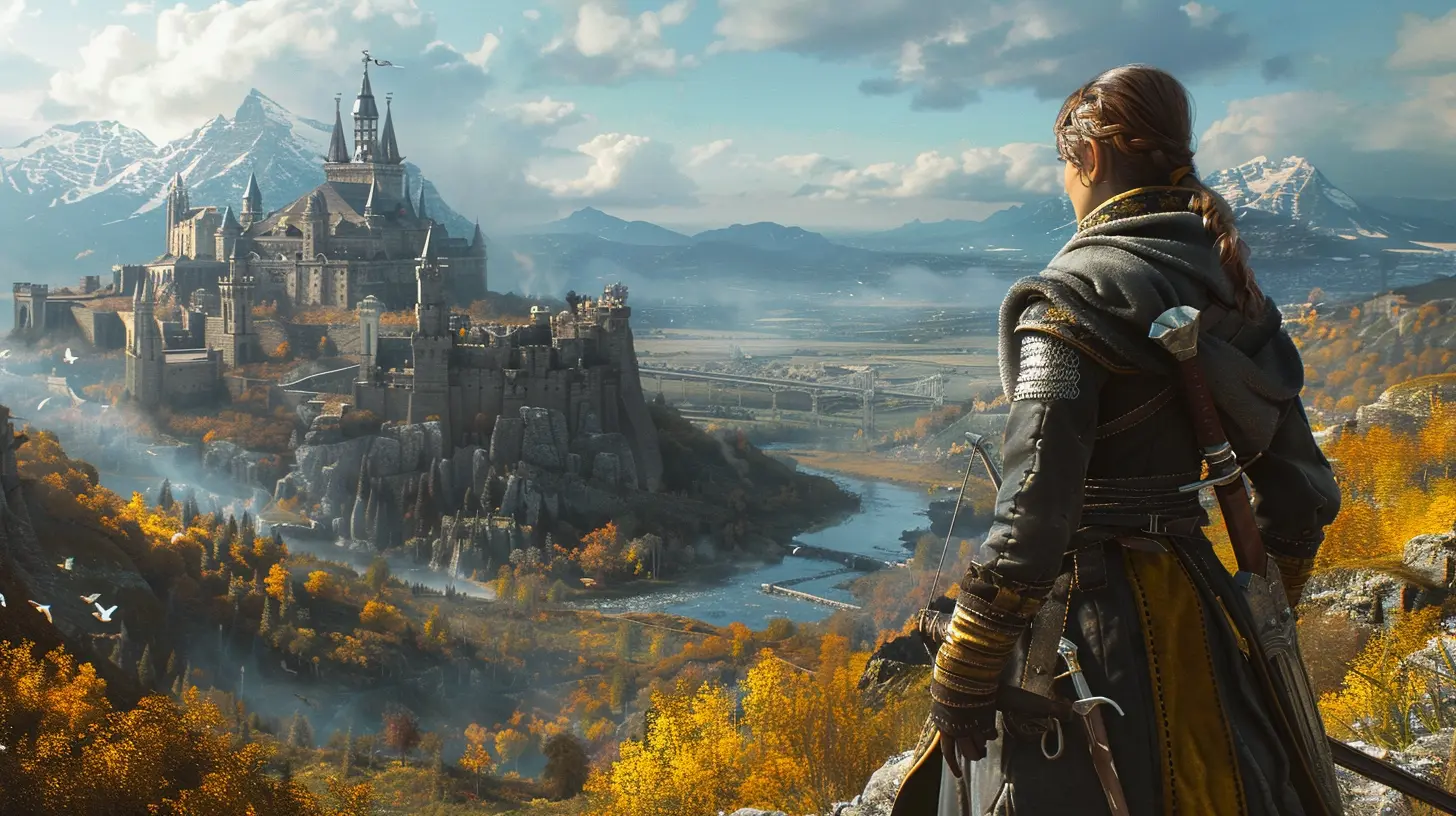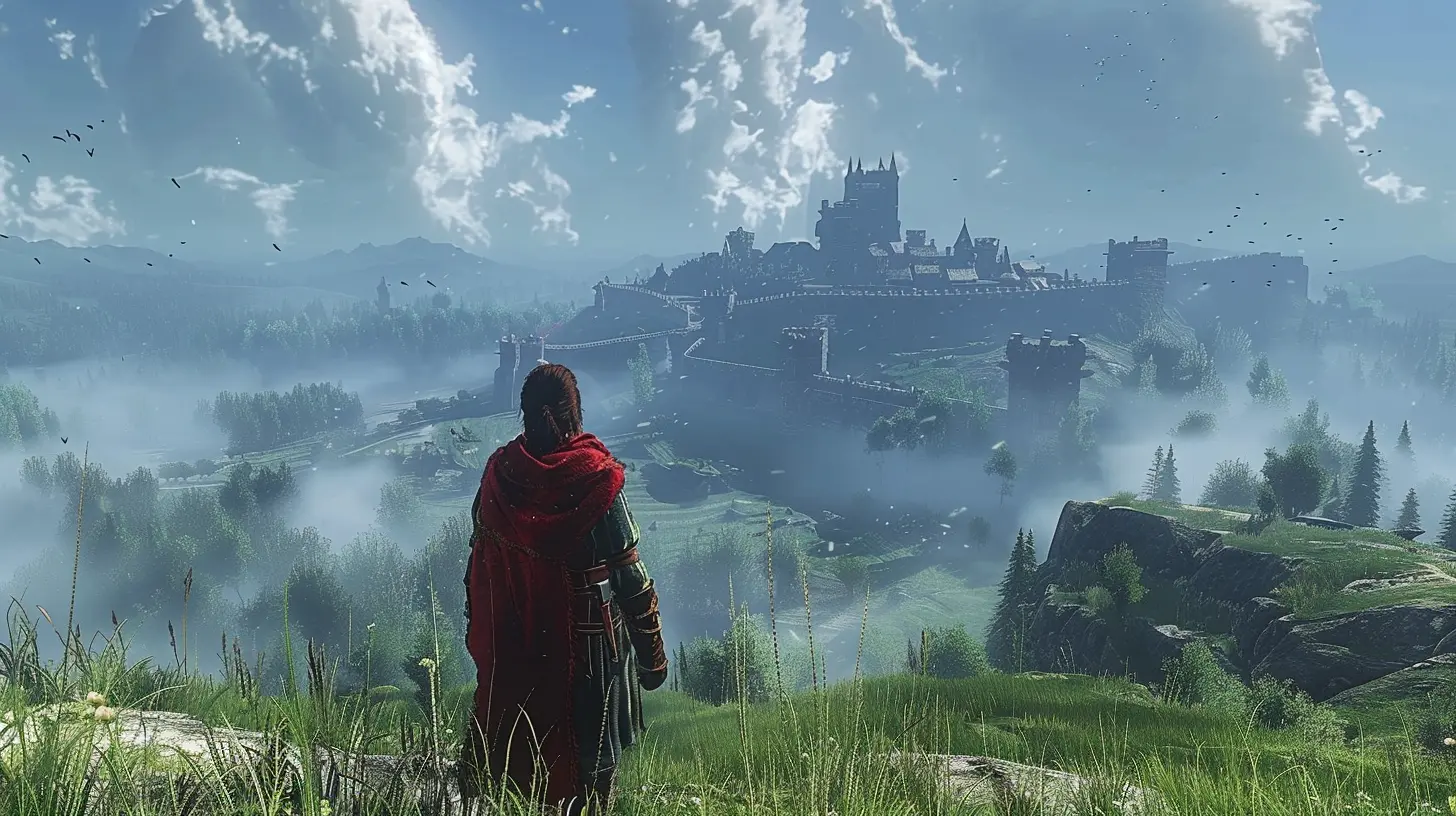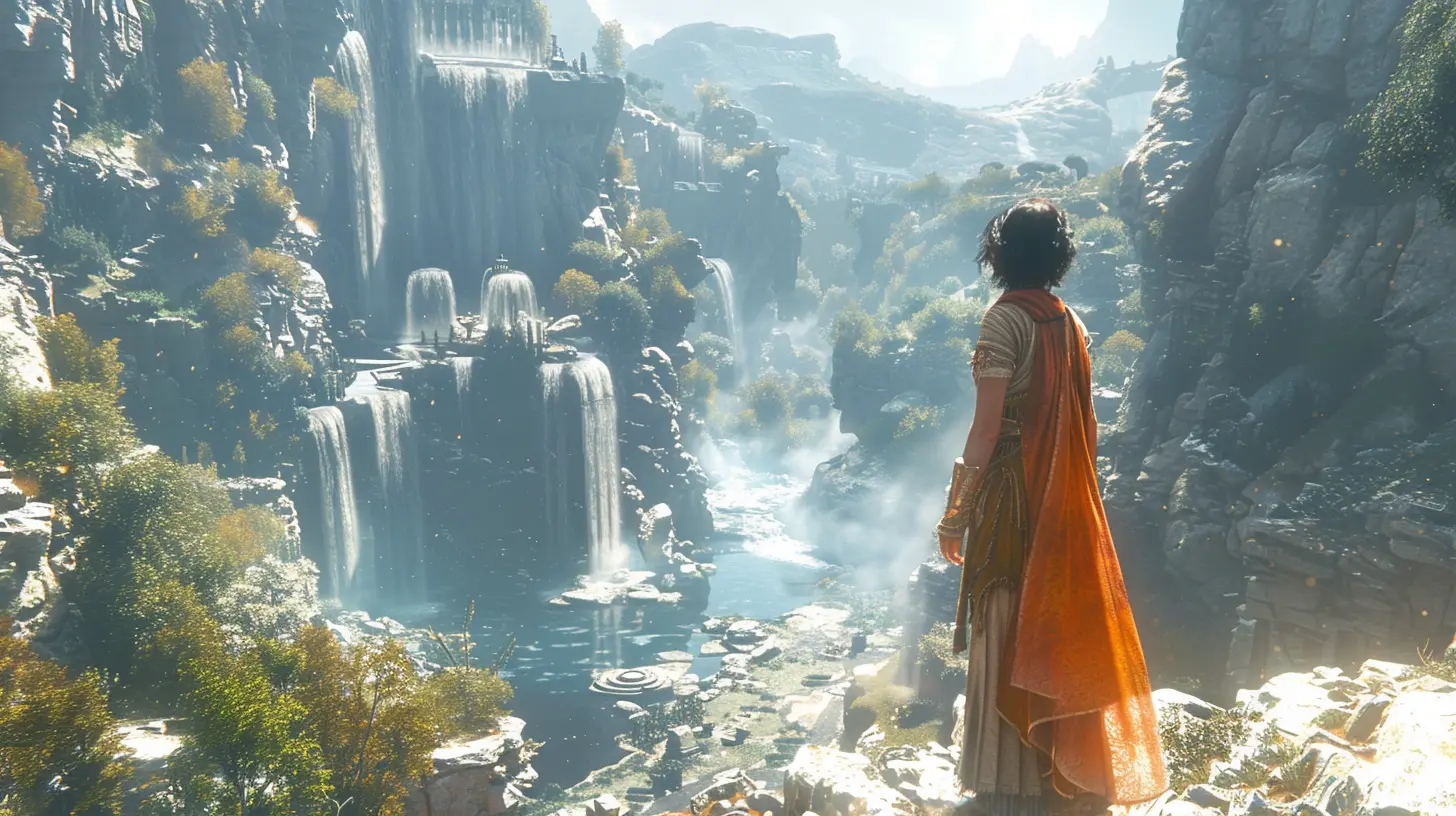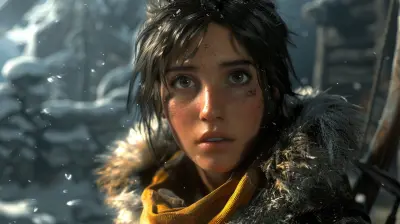What Open Worlds Can Learn from Linear Games
21 October 2025
Open-world games have taken the spotlight in the gaming industry. From massive fantasy realms to sprawling urban playgrounds, gamers love the freedom to roam, explore, and carve out their own adventures. But here's the thing—it’s really easy to get lost, both literally and figuratively.
On the flip side, linear games—those tightly crafted, story-driven experiences—might not offer the same level of freedom, but they shine in areas open-world games often struggle with. So, what can these massive sandbox titles actually learn from their more straight-and-narrow siblings? A whole lot, actually.
Let’s dive into why bigger isn’t always better and how open-world games can raise their game by borrowing some tricks from the linear playbook.
The Allure of Open Worlds: A Double-Edged Sword
Open worlds promise freedom. You can go anywhere, do anything, and play how you like, right? That’s the dream. Games like The Witcher 3, Elden Ring, and Breath of the Wild have redefined what it means to have a “living world” at your fingertips.But let's be real—sometimes that freedom feels overwhelming. Ever fired up a game and spent your first hour staring at a map full of icons, not knowing where to start? Yeah, been there.
Without clear direction or a tight pace, open-world games can become bloated, filled with filler content, repetitive side quests, and long stretches where nothing meaningful happens. That’s where linear games shine.
1. Tight Narrative Focus
Why Linear Games Win
You know how a good movie keeps you glued to the screen? That’s what linear games do. From Uncharted to The Last of Us to God of War, these games pull you into an emotionally gripping story and never let go. Every moment feels curated, intentional, and impactful.What Open Worlds Can Borrow
Open-world games can still have a sprawling world and give players freedom—but they need to keep the story tight. Red Dead Redemption 2 nailed this balance. Even though the game world is huge, the main story has structure and emotional depth. That kind of well-paced storytelling, guided by design instead of randomness, keeps players hooked.👉 Want to go big? Cool. Just don’t forget the power of a well-placed story beat.
2. Pacing Matters—A Lot
The Linear Approach
Linear games are almost like rollercoasters. You’re strapped in and taken on a wild, thrilling ride. Action, dialogue, character development—it all flows seamlessly.In contrast, open-world games often feel like a long car ride where you keep pulling over to look at road signs. Sure, you might find something interesting, but you keep losing momentum.
What Open Worlds Can Do Better
Introduce more rhythm. Mix intense story missions with quieter moments, but keep a natural progression. Use environmental cues, music changes, or even smart quest design to push players forward without forcing them.Think of it like a good playlist: you want highs, lows, and some transitions. Don’t just throw all the tracks together and press shuffle.
3. Meaningful Choice, Not Just More Choice
The Problem with Too Much Freedom
This might sound weird, but too much freedom can suck the fun out of a game. When every possibility is available from the start, nothing really feels earned.Linear games, by nature, guide you through choices. You may not change the story, but your experience feels tailored.
The Fix? Curated Choices
Give players choice, yes—but make those choices meaningful. Mass Effect did this wonderfully, balancing a semi-open structure with personal, story-driven decisions that carried weight.Let players shape the world, but don’t make every side quest a clone of the last. Quality over quantity wins, every time.
4. Tighter Level Design = Better Gameplay
Linear Games and Smart Design
Linear games are like well-designed puzzles. Developers know where you’ll be, so they can build detailed, memorable challenges. Every inch of space serves a purpose.Take Inside or Celeste—the level design is part of the storytelling. It guides your emotions, your thoughts, and your actions.
Open Worlds Get Messy
Open-world maps can get very “samey.” Forest after forest, hill after hill—it all starts to blur. But when open-world games borrow some of that handcrafted attention from linear titles, magic happens.Think Sekiro—not a fully open-world game, but its semi-open structure with smart pathways and shortcuts keeps exploration exciting and tight.
Want your world to feel alive? Don’t just make it big—make every corner count.
5. Polished Set Pieces
Why We Remember “That One Scene”
Linear games make moments. Think of the train scene in Uncharted 2, or the intro from The Last of Us. These are the sequences that stay with you long after you’ve put down the controller.Set pieces work because they’re controlled. Developers know exactly what’s happening, so they can choreograph every camera angle and explosion.
Can It Work in Open Worlds?
Absolutely. Look at how GTA V handled heists. They're big, memorable, and tightly scripted—but still give the illusion of freedom. That’s the sweet spot.Open-world games should sprinkle in these cinematic moments. They ground you, excite you, and give you something to talk about with your buddies.
6. Designing for Emotional Impact
Linear Games Tug at Your Heartstrings
Because developers know the pacing and direction of play, they can build emotional arcs. Characters grow, relationships evolve, and players feel genuinely connected.Open Worlds Can Sometimes Feel Hollow
Sure, you saved the world... but do you even remember the name of your sidekick? Open-world titles often fall into the trap of making the world the main character but forgetting the people in it.The solution? Better character writing, more focused storylines, and a sense of consequence. Inject heart into the side quests. Make players care, not just collect.
7. Respecting the Player’s Time
Time Well Spent
Linear games respect your time. They provide value in small sessions. You can hop in for 30 minutes and still feel like you moved forward.Open-world games? Not always. It’s common to spend an hour collecting herbs or traveling to a mission, only to get distracted by five other things. That’s fine once in a while, but it gets old.
Streamlining Without Sacrificing Depth
Open-world games need to trim the fat. Focus on dynamic content, not fetch quests. If it doesn’t serve the story, the world, or the gameplay—it probably doesn’t need to be there.Let players do cool stuff, fast.
8. Better Onboarding and Tutorials
Linear Games Teach by Doing
Ever notice how linear games teach without feeling like tutorials? They blend gameplay and learning together beautifully. You’re learning as you play, not reading a bunch of text boxes.Open Worlds Start Like Textbooks
Too many open-world games start with information overload. Menus, skill trees, item crafting… it's a lot.Instead, open-world games should introduce mechanics gradually, contextually, and in a way that flows with natural gameplay.
It’s not school—it’s a game! Let’s keep it fun.
9. The Power of Restriction
Not Everything Needs to Be Open
Ironically, sometimes putting limits on the player can enhance the gameplay. Constraints can spark creativity and deepen immersion.Look at Metro Exodus. It offers open zones but with defined boundaries. This allows for meaningful exploration without the sprawl.
It’s okay to say “no” to players sometimes. It keeps the experience focused, memorable, and actually more satisfying.
10. Crafting a Cohesive World
Consistency Over Chaos
In linear games, the world often feels cohesive because everything’s built with a singular vision. The art, sound, gameplay—all sync up.Open worlds sometimes feel like patchwork. One moment you’re hunting deer, the next you’re in a techno-disco dungeon fighting robots. It’s jarring.
Consistency in tone, design, and theme can elevate an open-world game from “cool” to “masterpiece.” It's not just what’s in your world—it’s how it all fits together.
Final Thoughts: It’s Not a Competition
Let’s be clear—this isn’t about saying linear games are better than open-world ones. It’s about recognizing that both styles have strengths.The best games today often blend both. They give you room to explore, but not without direction. They offer emotional depth, crafted gameplay, and moments that matter—all while letting you roam.
So instead of bigger maps and more content, maybe the future of open-world gaming lies in being a little more... linear.
Because sometimes, less truly is more.
all images in this post were generated using AI tools
Category:
Gaming ReviewsAuthor:

Whitman Adams
Discussion
rate this article
1 comments
Eli Sawyer
Insightful perspective on game design!
October 22, 2025 at 4:56 AM

Whitman Adams
Thank you! I'm glad you found it insightful!


